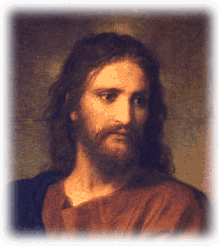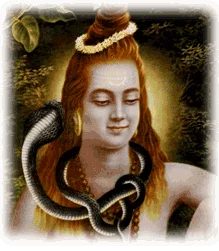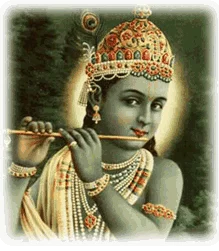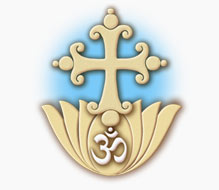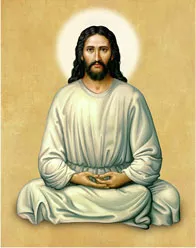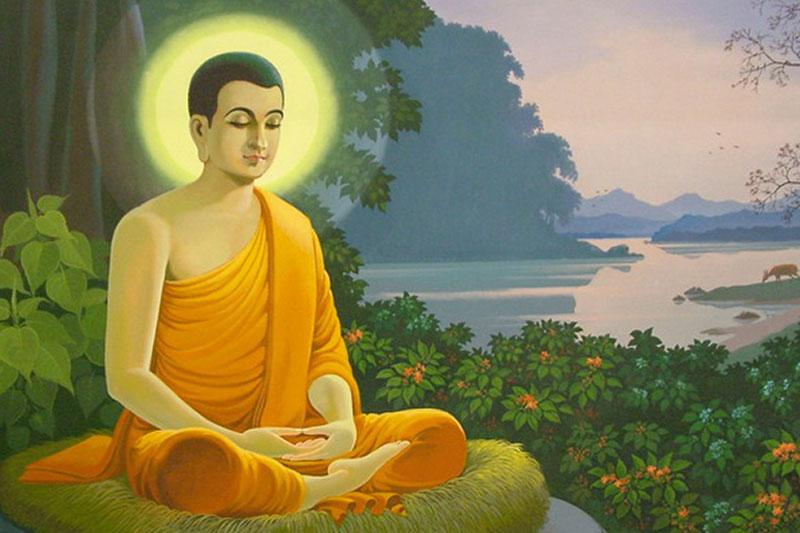“Even if he does not quote appropriate texts much, if he follows the principles of the Teaching by getting rid of greed, hatred and delusion, deep of insight and with a mind free from attachment, not clinging to anything in this world or the next–that man is a partner in the Holy Life” (Dhammapada 20).
Better than “Teaching” is the original term, “Dharma,” for that is not mere philosophy or theology, but the way of life that leads to the true wisdom of enlightenment, to Nirvana. And Buddha Dharma, the dharma that leads to Buddhahood, consists of “getting rid of greed, hatred and delusion,” being “deep of insight” and having “a mind free from attachment, not clinging to anything in this world or the next.”
Deep of insight
Buddha has told us what to jettison from our minds (see The Unholy Trinity of Yoga), and now he tells us what is to be established in their place: deep insight. The Venerable Thanissaro Bhikkhu renders it “alert” in the sense of keen awareness. Sanderson Beck prefers “possessed of true knowledge,” as does Max Muller. “Firmly established in liberated thought” is Harischandra Kaviratna’s choice. All convey the right idea, whichever may be the most exact.
We need profound knowing, not intellectual theorizing and mind-gaming, but direct knowledge–which is possible only to those free from raga, dwesha, and moha. No small order, as we Americans are wont to say.
With a mind free from attachment
Obviously when we have no delusion about “things” and neither attraction nor repulsion for them, our minds will be free from attachment/involvement. Again: “When he has no lust [raga], no hatred [dwesha], a man walks safely among the things of lust and hatred” for they do not touch him, nor does he touch them. “The world is crucified unto me, and I unto the world,” said Saint Paul (Galatians 6:14).
The Venerable Thanissaro Bhikkhu translates the expression: “his mind well-released, not clinging.” This is most significant, for it is not enough to merely be unattached at the moment; rather, we must be in that condition of release (genuine separation) in which attachment is no longer a possibility.
Not clinging to anything in this world or the next
That being the case, Buddha says that the final component of the Holy Life is a mind “not clinging to anything in this world or the next,” underscoring what I have just said. Those who have either not correctly pursued enlightenment or have not had the time needed to become perfectly established in it, may in a subsequent birth lapse back into attachment and clinging and begin the awful cycle of rag-dwesh and moha over again, wiping out the former attainment–perhaps sinking even lower than before. This is almost guaranteed in the case of those of incorrect pursuit. This is the cruel fate of those whose practice is not “right,” as Buddha knew well from his own pursuit and observation.
A final consideration
It is relatively easy to become detached from the defective and pain-producing elements of this material world, but the beauties and seeming perfections of the subtle worlds are not so easy to be indifferent to. And this includes their equivalents in our own private inner world of the mind.
A person can break all chains of this world and yet remain completely bound to other worlds. In the same way we can turn away from the gross allurements of the earth plane while remaining thoroughly bound by the psychological and “spiritual” elements of our creative and “higher” natures.
To be a total renouncer is a rare thing indeed. Many may become weaned from the outer sense-life, but what about the inner senses and the conceptualizing “wisdom” of the intellect? Saint Silouan of Athos stated that delight in philosophical and theological niceties is the false mysticism of the ego.
“For when a man’s heart has reached fulfillment through knowledge and personal experience of the truth of Brahman, he is never again moved by the things of the senses. Earth, stone and gold seem all alike to one who has mastered his senses. Such a yogi is said to have achieved union with Brahman” (Bhagavad Gita 6:8).
The Holy Life leads to The Holy.
Further Reading:
Grow Your Spiritual Library:
- Explore the Dharma for Awakening Collection, including The Dhammapada for Awakening, in paperbacks and ebooks at Amazon.

